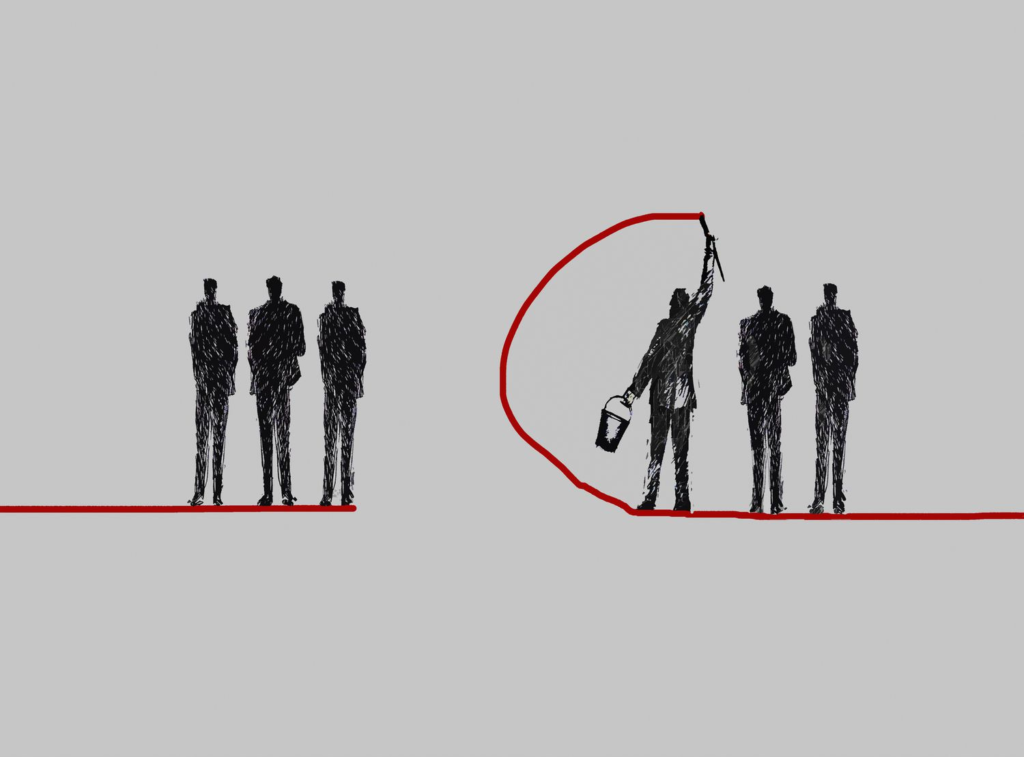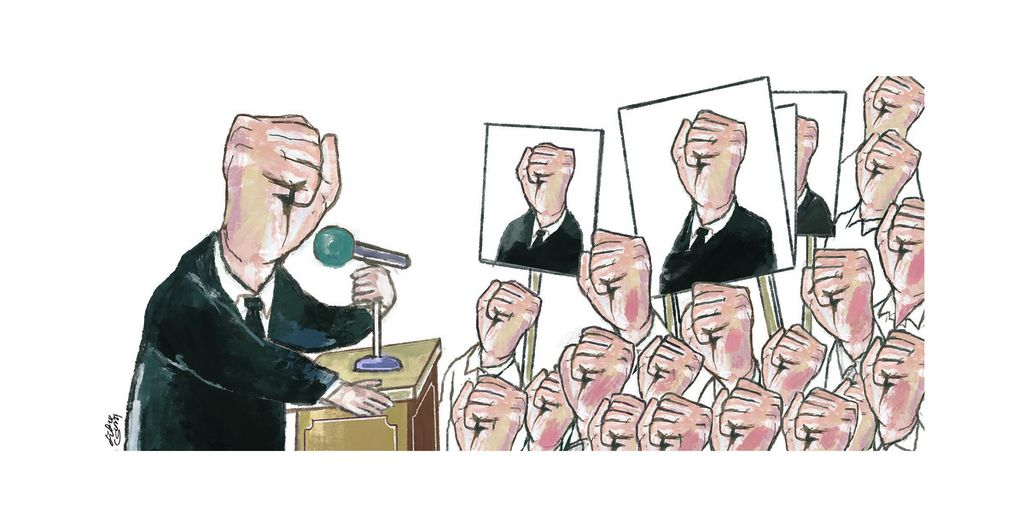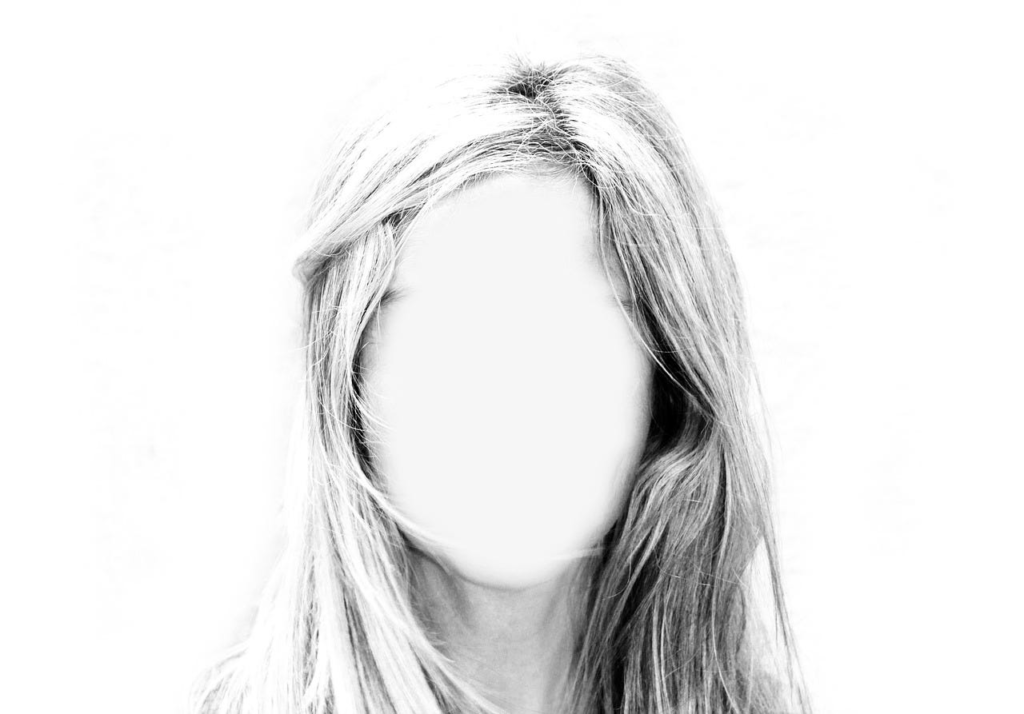Femininity-
- Qualities or attributes regarded as characteristic of women or girls. “she alternated between embracing her femininity and concealing it”.
Masculinity-
- Qualities or attributes regarded as characteristic of men or boys.”handsome, muscled, and driven, he’s a prime example of masculinity”.
Binary Opposition

Examples of binary opposites could be –
Good and bad
Positive and negative
Up and down
Black and white
FEMININITY AND MASCULINITY are seen as ‘Binary Opposites, this is because of the theory that “Man” and “woman” have been opposed as binary oppositional terms since patriarchal society was formed.
Patriarchy relates to denoting a system of society or government controlled by men. Women make up less than a quarter of all professional photographers, this emphasises the true message of femininity and masculinity in photography especially.
Identity can be influenced by multiple factors such as:
- Family
- Self- expression
- Life experiences
- Interests
- Culture
- Ethnicity
- Opportunities
However, identity can be PARTICULARLY influenced by the factor of ‘place’. This ties into a feeling that you belong to a particular place. This represents a place in which a person would feel comfortable and ‘at home’, an example of this could be literally at home, this is because a person is seen as having the ability of symbolizing certain qualities of that place.

Gender Identity
Gender identity is known as ‘deeply-held inner feelings’ of whether you’re female or male, both, or neither.
A few different gender identities may consist of…
- Male
- Female
- Transgender
- Gender neutral
- Non-binary

Cultural Identity
Cultural identities are the different and more distinct identities of people or groups in cultural or subcultural categories and social groups.
A few different cultural identities may consist of…
- Sexuality
- Gender
- Religion
- Ethnicity
- Social class
- Region.

Social Identity
Social identity aims to specify and predict the circumstances under which individuals think of themselves as individuals or as group members. The theory also considers consequences of personal and social identities for individuals.
A few different social identities may consist of…
- Race
- Ethnicity
- Gender
- Sex Socioeconomic status
- Sexual orientation
- Age
- Religion/religious beliefs
- National origin

Geographical Identity
An individual or group’s sense of attachment to the country, region, city, or village in which they live.
The key characteristics with which a particular country, region, city, or village is associated.

Political Identity
Political identity is a form of social identity marking membership of certain groups that share a common struggle for a certain form of power, this can include identification with multiple political parties.
A few different political identities may consist of…
- Nationalism
- Inter-ethnic relations
- Abstract ideological themes

Loss of Identity
A person without a sense of identity can instead feel a disconnect from who they have been or have no sense as to who they will become next.
A few different examples of a loss of identity may consist of…
- Having uncertainty about self image
- Gender identity
- Values
- Long-term goals

Stereotypes
Characteristics that society instinctively attributes to groups of people to classify them.
A few different examples of stereotypes may consist of…
- Age
- Weight
- Occupation
- Skin colour
- Gender

Prejudices
An unfair feeling of dislike for a person or group because of race, sex, religion, etc.

